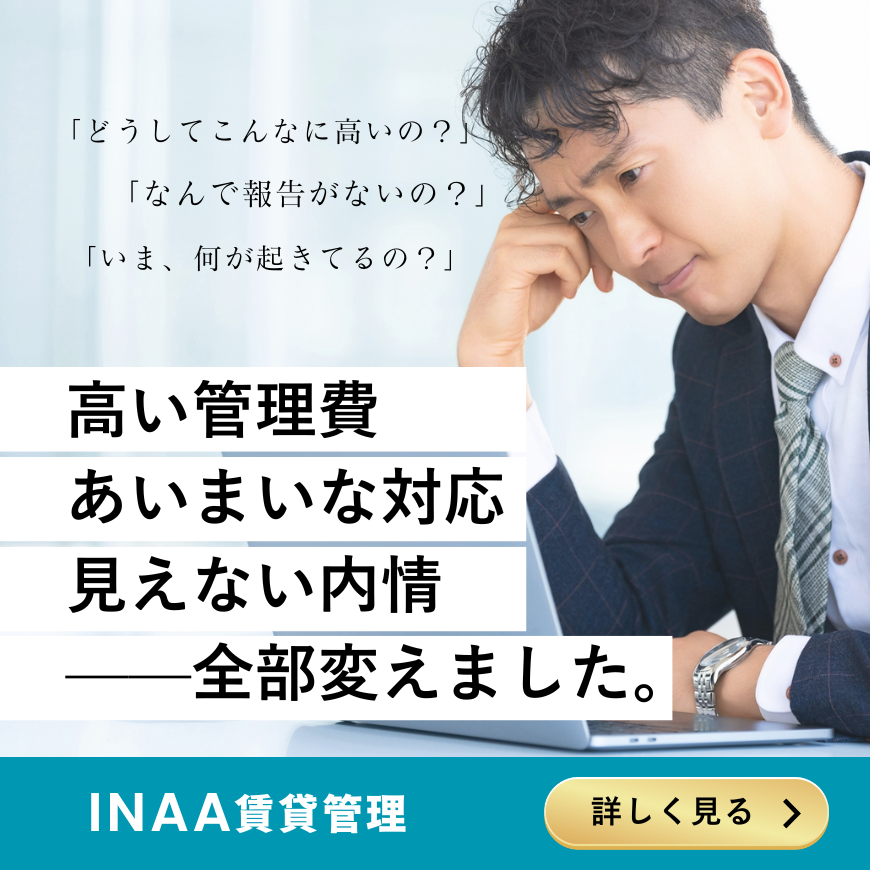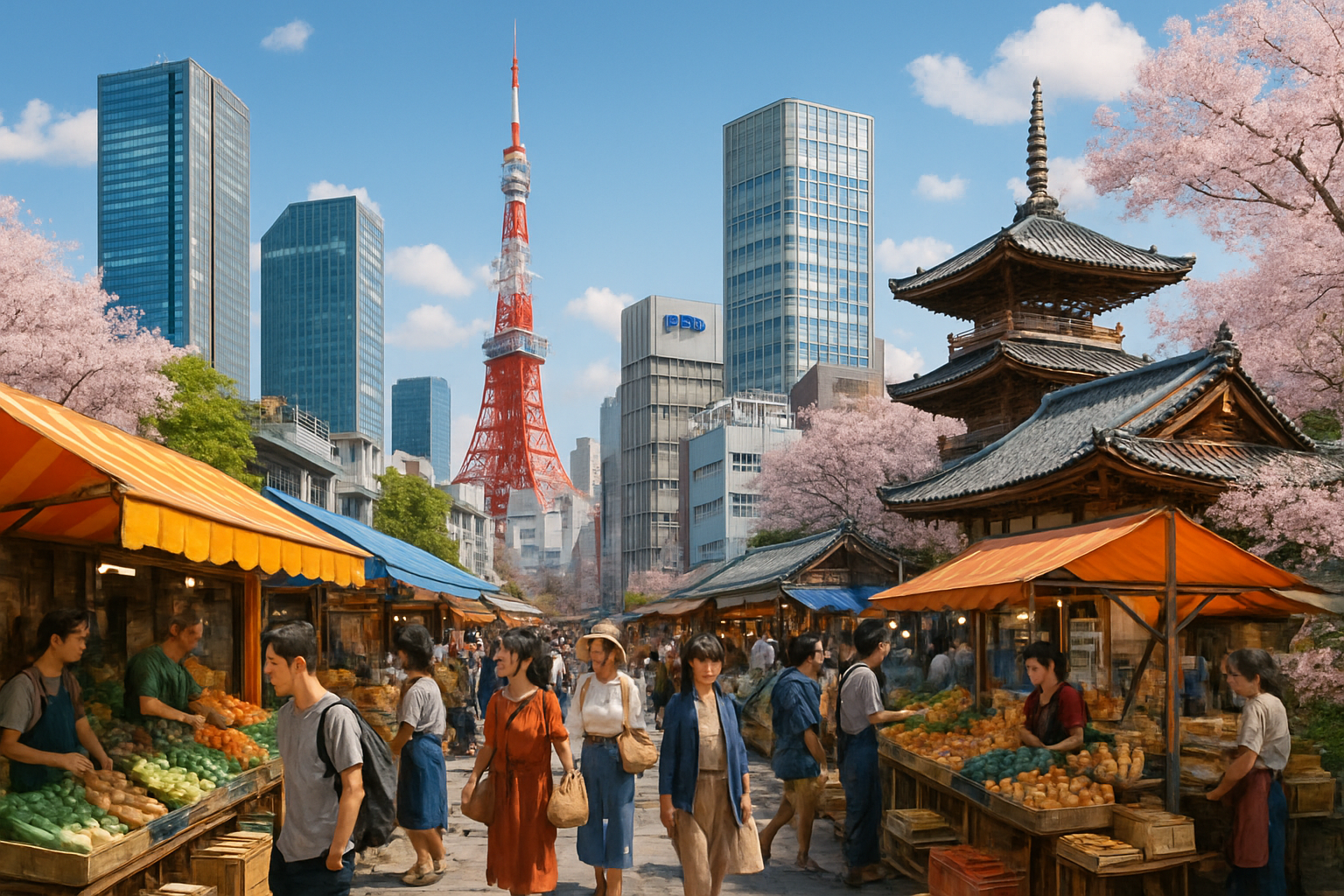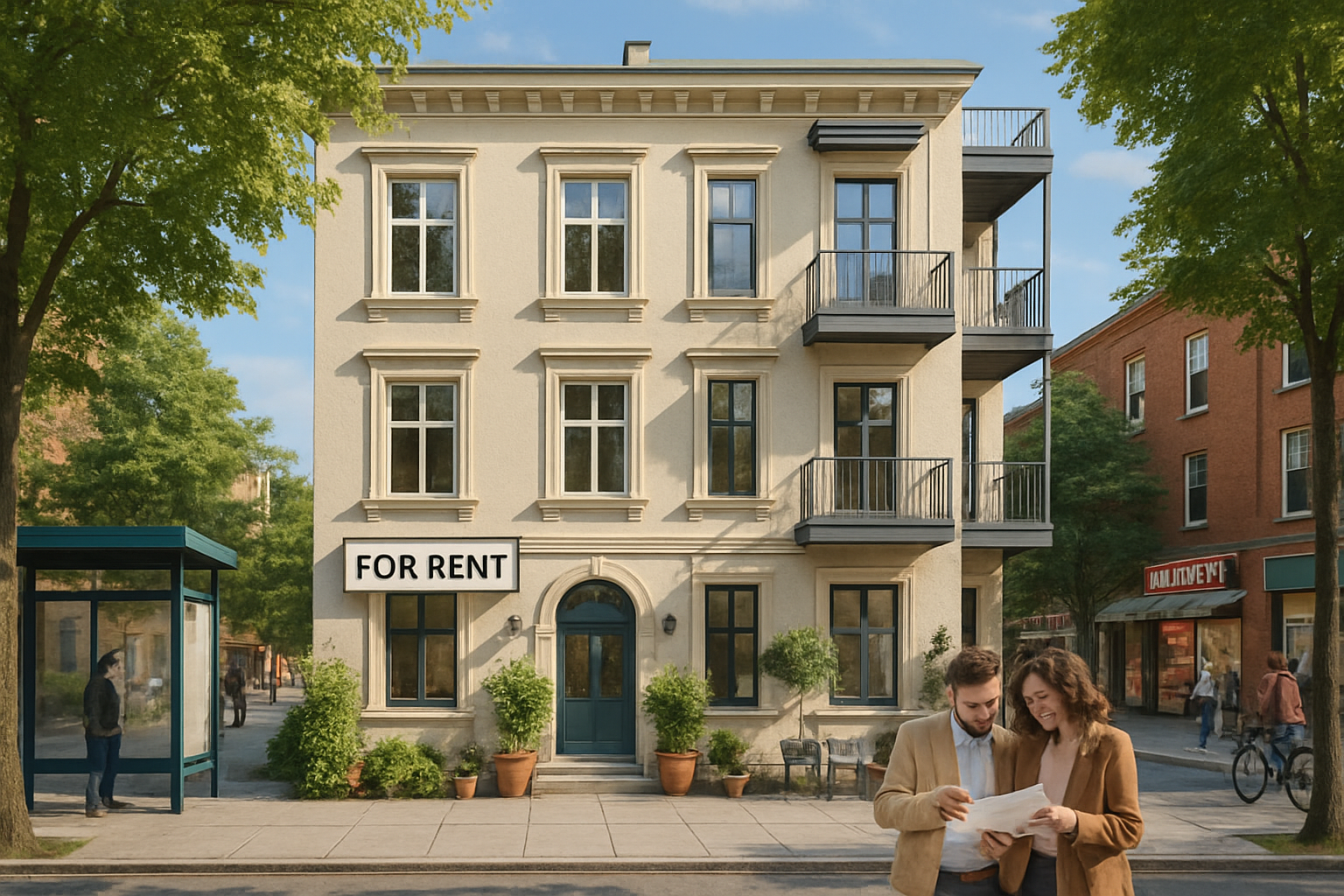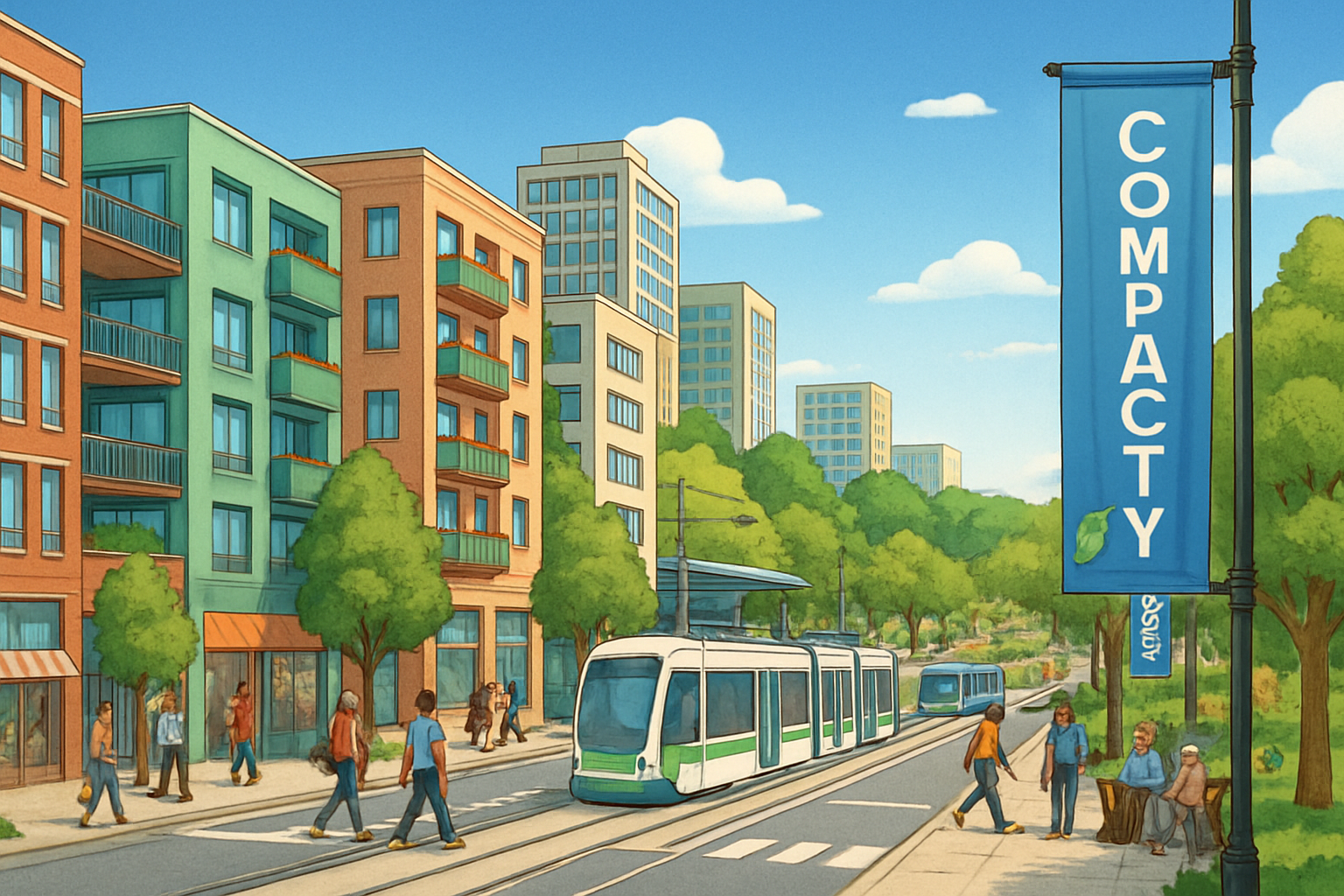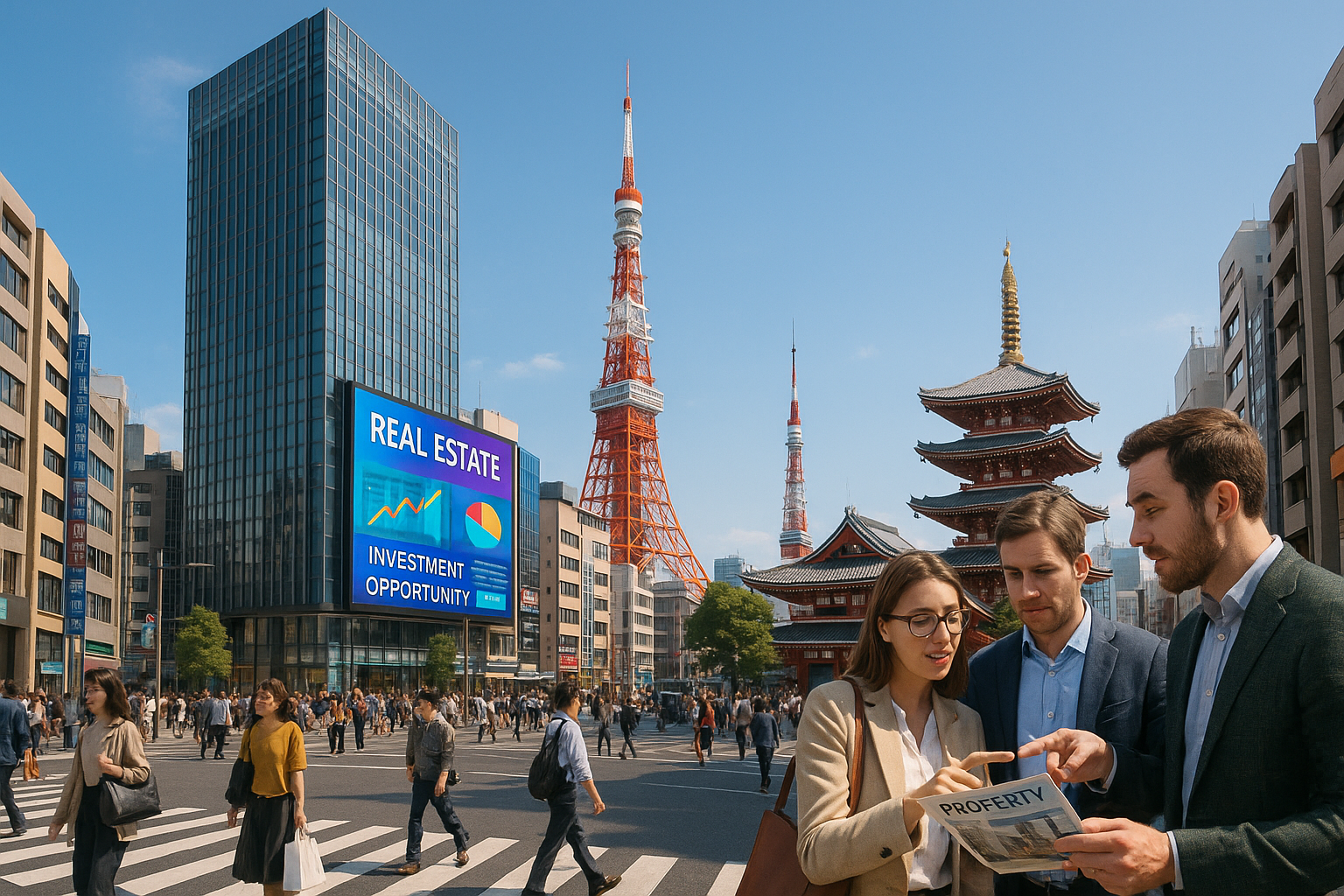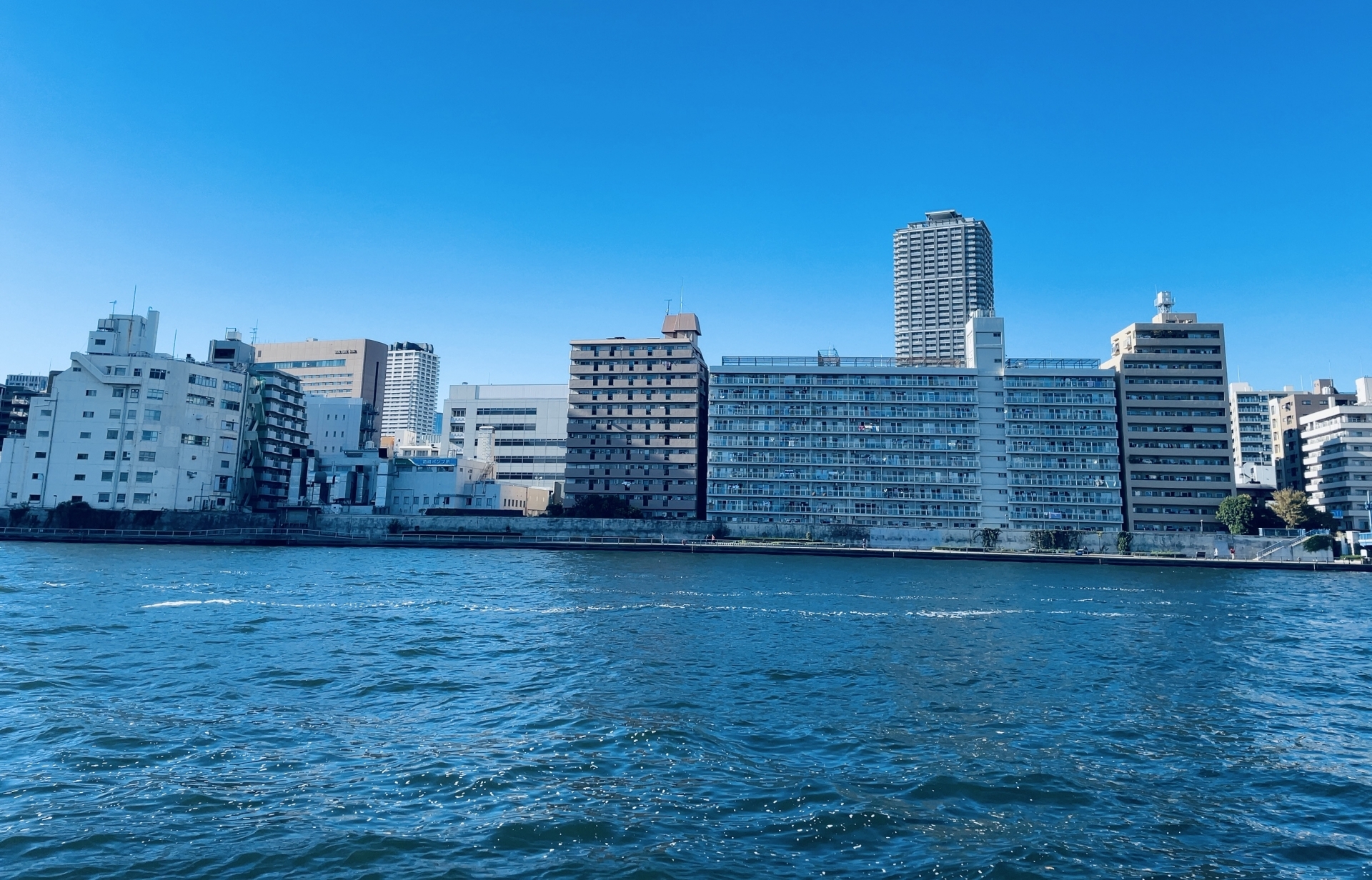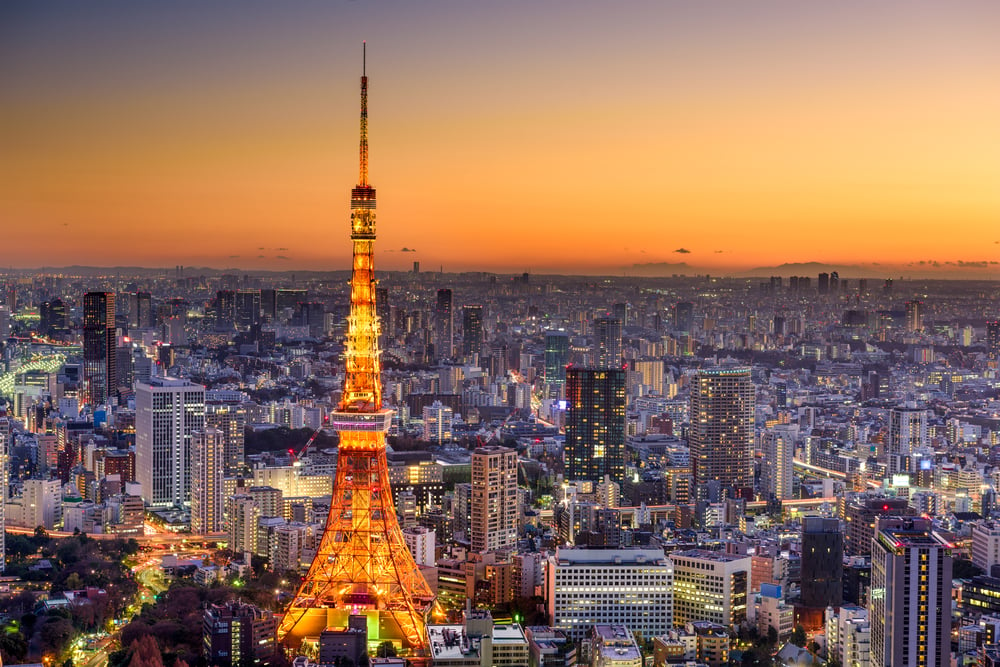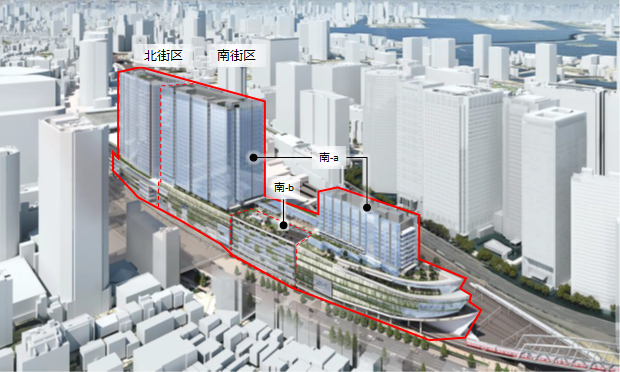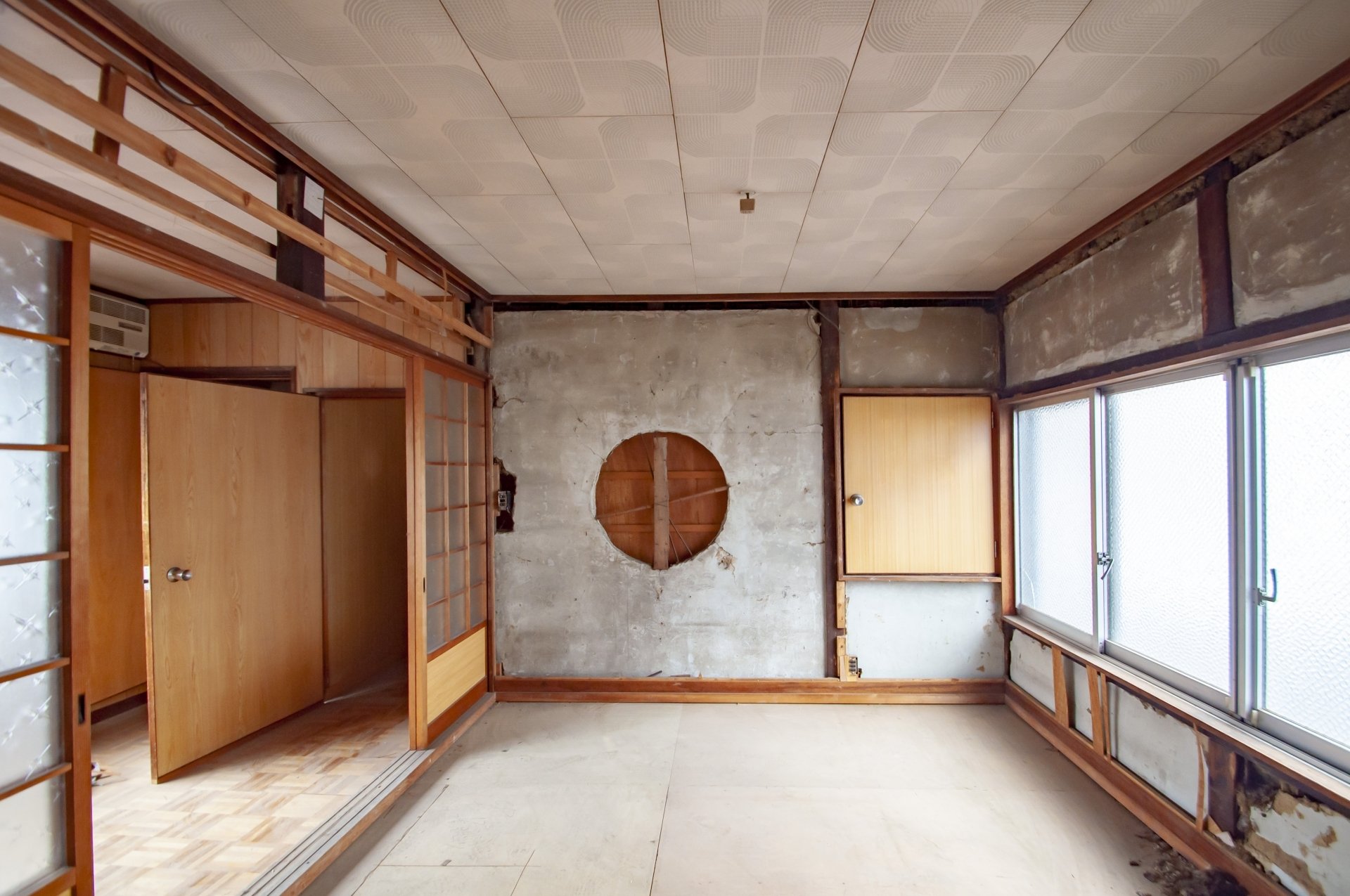When you are considering purchasing or investing in real estate in Tokyo, you will probably hear the term "central Tokyo" used frequently. However, did you know that there is no clear definition of the concept of "central Tokyo," and the scope of the term varies depending on the context in which it is used and the position of the person who uses it.
In the real estate industry, there are three wards in the center of Tokyo, five wards in the center of Tokyo, and six wards in the center of Tokyo, while there are also area classifications such as Joto, Josai, Jonan, and Johoku. Understanding the exact differences between these areas is crucial to making the right real estate selection.
In this article, INA & Associates, Inc. provides a detailed explanation of the scope of central Tokyo and a comprehensive overview of real estate price quotes and investment area characteristics in the 23 wards of Tokyo as of 2025. The information will provide practical decision-making material for those considering real estate investment, those looking to purchase their own home, and those who wish to gain a deeper understanding of the Tokyo real estate market.
In-depth explanation of the scope and definition of central Tokyo
The difference between the 3 wards of central Tokyo, the 5 wards of central Tokyo, and the 6 wards of central Tokyo and their respective characteristics
The most basic classification when discussing central Tokyo is that of the 3, 5, and 6 wards of central Tokyo. These classifications are widely used in the real estate industry, and each has different characteristics and investment value.
The three central Tokyo wards are Chiyoda-ku, Chuo-ku, and Minato-ku. These wards function as the political, economic, and cultural center of Japan and are recognized as "central Tokyo" in the narrowest sense. Chiyoda-ku is home to the Imperial Palace, the Diet Building, the Supreme Court, and other central functions of the nation, while Chuo-ku is home to the Bank of Japan, the Tokyo Stock Exchange, and other financial institutions. Minato Ward is known as an area with an international flavor, with many foreign embassies and the Japanese headquarters of international companies located in the ward.
The five central Tokyo wards are the three central Tokyo wards plus Shinjuku and Shibuya wards. Shinjuku Ward is home to the Tokyo Metropolitan Government Office and serves as the center of administrative functions. Shinjuku Station, one of the world's largest passenger terminals, is a major transportation hub. Shibuya Ward is attracting attention in Japan and abroad as a center of youth culture, and has achieved further development through large-scale redevelopment in recent years.
The concept of five central Tokyo wards represents a broader urban area that encompasses commercial, cultural, and entertainment elements in addition to the traditional urban functions of the three central Tokyo wards. In these areas, demand is high not only for office space but also for residential housing, creating a real estate market that caters to a variety of lifestyles.
The 6 wards of central Tokyo refer to the 6 wards of central Tokyo, including the 5 wards of central Tokyo and Bunkyo-ku. As the name "Bun-no-Kyo" suggests, Bunkyo-ku has developed as an educational district with many educational institutions, including the University of Tokyo. Due to its excellent living and educational environment, Bunkyo-ku is very popular among families and maintains stable housing demand.
The following table compares the characteristics of each category:
| Classification | Component District | Main Features | Main features |
|---|---|---|---|
| 3 Central Tokyo Wards | Chiyoda, Chuo, Minato | Center of politics, economy, and international functions | Government offices, financial district, international business |
| Five Central Wards of Tokyo | Above + Shinjuku, Shibuya | Includes commercial and cultural functions | Commercial and entertainment |
| Six Central Wards of Tokyo | Above + Bunkyo | Focus on education and residential environment | Education and housing |
Classification of Joto, Josai, Jonan, and Johoku Areas and Regional Characteristics
The 23 wards of Tokyo are sometimes divided into four areas, Joto, Josai, Jonan, and Johoku, based on the Imperial Palace (former Edo Castle). This classification is an important indicator in the real estate industry as it reflects the historical development process and regional characteristics.
The Joto area consists of seven wards located east of the Imperial Palace: Taito, Sumida, Koto, Arakawa, Adachi, Katsushika, and Edogawa wards. This area has developed as a center of downtown culture since the Edo period. In recent years, the area has undergone a major transformation with the construction of the Tokyo Sky Tree, the opening of the Toyosu Market, and the development of venues for the Tokyo Olympics and Paralympics.
The Joto area is characterized by relatively affordable real estate prices and a downtown-like community full of humanity. In particular, Koto-ku is attracting attention as an area that offers a good balance between accessibility to the city center and a good living environment, with the construction of many high-rise condominiums as a result of the development of the bay area.
The Josai area consists of the six wards of Shinjuku, Shibuya, Nakano, Suginami, Setagaya, and Meguro, located west of the Imperial Palace. This area developed as a result of rapid urbanization after World War II and is now home to a diverse range of cultural and commercial functions.
The most important characteristic of the Josai area is its extremely convenient access to the city center, with major lines such as the JR Yamanote Line, Chuo Line, Keio Line, and Odakyu Line running through the area. The area is also home to popular areas such as Daikanyama, Ebisu, Jiyugaoka, and Kichijoji, and is popular among those seeking a sophisticated lifestyle.
The Jonan area consists of the three wards of Minato, Shinagawa, and Ota, located south of the Imperial Palace. This area has an established brand image as an upscale residential area and is home to prestigious residential districts such as Shirokane, Azabu, and Denenchofu.
The Jonan area is characterized by its cosmopolitan environment and high property values. Many foreign embassies and international companies are located in the area, and there are many foreign residents, creating an international living environment. In addition, the area's easy access to Haneda Airport has led to high demand from businesspeople who frequently travel domestically and internationally.
The Johoku area consists of the five wards of Bunkyo, Toshima, Kita, Itabashi, and Nerima, located north of the Imperial Palace. This area is popular among families seeking a calm living environment with a wide range of educational and medical institutions.
The Johoku area is characterized by a quality living environment at a relatively affordable price. Bunkyo-ku, in particular, is one of the six wards in central Tokyo and enjoys strong support from the child-rearing generation due to its excellent educational environment and easy access to the city center.
The table below summarizes the characteristics of each area:
| Area | Component Wards | Main Characteristics | Representative Areas | Average price range |
|---|---|---|---|---|
| Joto | Taito, Sumida, Koto, Arakawa, Adachi, Katsushika, Edogawa | Downtown culture, redevelopment in progress | Asakusa, Toyosu, Kinshicho | Middle price range |
| Josai | Shinjuku, Shibuya, Nakano, Suginami, Setagaya, Meguro | Cultural and commercial center | Ebisu, Jiyugaoka, Kichijoji | High price range |
| Jonan | Minato, Shinagawa, Ota | High-end residential area, cosmopolitan | Azabu, Shirokane, Denenchofu | Highest price range |
| Johoku | Bunkyo, Toshima, Kita, Itabashi, Nerima | Focus on education and living environment | Hongo, Ikebukuro, Otsuka | Middle-high price range |
Analysis of Recommended Areas for Real Estate Investment
Investment merits and demerits of the three central Tokyo wards
Real estate investment in the three central wards of Tokyo (Chiyoda-ku, Chuo-ku, and Minato-ku) is a coveted target for many investors, but understanding the exact characteristics of the area is the key to success.
Investment Merits
The greatest advantage of the three central wards of Tokyo is the stability of asset values. These areas serve as the political and economic centers of Japan, and their status is extremely unlikely to waver. Looking at historical data, even in the face of external factors such as economic crises and natural disasters, values have recovered and continued to rise further over the long term.
High rental demand is another important feature. The headquarters of many large corporations and offices of foreign-affiliated companies are concentrated in the three central wards of Tokyo, and there is a stable demand for housing among high-income earners. Demand from expatriates and international businesspeople is also high, and rent levels can be expected to maintain and increase.
The high level of liquidity cannot be overlooked. Properties in the three central wards of Tokyo always have a certain number of prospective buyers, making it possible to sell at a reasonable price regardless of the time of year when the property is sold. This is an important factor that increases the flexibility of investment strategies.
Investment Disadvantages
On the other hand, the high initial investment amount is a major hurdle. Property prices in the three central wards of Tokyo are 2-3 times higher than in other areas, and it can be difficult for individual investors to raise funds. Also, the more expensive the property is, the more difficult it tends to be to obtain financing from financial institutions.
Low yields are another issue. While property prices are high, there is a limit to the extent to which rents can rise, so surface yields are often only 3-4%, and profitability is lower than in other areas.
High management costs are another factor to consider. Many properties in the three central wards of Tokyo are older and require a reasonable cost for proper maintenance. In addition, property taxes and city planning taxes tend to be high.
Ranking of Notable Investment Areas and Characteristics Analysis
In real estate investment, there are many attractive areas other than the three central wards of Tokyo. The following is a ranking of hot investment areas, taking into consideration the balance between yield and future potential.
No. 1: Nakano Ward
Nakano Ward is one of the most attractive areas for real estate investment among Tokyo's 23 wards, with major train lines such as the JR Chuo Line Rapid Transit and the Tokyo Metro Tozai Line, providing good access to Shinjuku and Tokyo Stations.
The appeal of Nakano Ward lies in the balance between relative affordability and stable rental demand. Redevelopment plans are underway for the area surrounding Nakano Station, which is expected to increase asset values in the future. In addition, the area is attracting domestic and international attention as a mecca for subcultures, and is in demand from a diverse range of tenants.
No. 2: Koto Ward
Koto-ku is an area that has been greatly transformed by the development of the bay area. With popular areas such as Toyosu, Ariake, and Odaiba, Koto-ku offers a good balance between access to the city center and a good living environment.
Koto-ku is characterized by an abundance of new and recently built properties and its high popularity among families. The area also has an extensive infrastructure developed as a legacy of the Tokyo Olympics and Paralympics, and the population is expected to grow over the long term.
No. 3: Shinagawa Ward
Shinagawa Ward is branded as an upscale residential area that is part of the Jonan area, but also has properties in a relatively easy-to-invest-in price range. Shinagawa Station is a stop on the Tokaido Shinkansen Line and is also being developed as the first station for the Linear Central Shinkansen Line.
The advantages of investing in Shinagawa Ward are its convenient transportation and international demand. With easy access to Haneda Airport, demand from both domestic and international businesspeople is stable.
No. 4: Bunkyo-ku
Bunkyo-ku is one of the six wards in central Tokyo, yet enjoys tremendous support from the child-rearing generation due to its excellent educational environment. Many educational institutions, including the University of Tokyo, are located in the ward, establishing its brand as a bunkyo (educational) district.
Bunkyo-ku is characterized by long-term stable demand and a good living environment. Demand for family-oriented properties is high, and long-term occupancy can be expected, making stable rental management possible.
No. 5: Shinjuku Ward
Shinjuku is one of the five central wards of Tokyo and is home to Shinjuku Station, the largest terminal station in Japan. It has a well-balanced arrangement of commercial, business, and residential functions, offering a variety of investment opportunities.
The investment merits of Shinjuku City are its overwhelming transportation convenience and diverse property types. From studio apartments to large family apartments, there is an abundance of properties that can accommodate a variety of investment strategies.
The table below shows a comparison of investment areas:
| Area | Approximate Yield | Potential | Risk | Initial Investment | Recommended Investor Classification |
|---|---|---|---|---|---|
| Nakano Ward | 5.5-6.5 | ★★★★☆ | ★★☆☆☆ | Medium | Beginner to Intermediate |
| Koto Ward | 5.0-6.0 | ★★★★★ | Beginner to Intermediate | Intermediate | Intermediate |
| Shinagawa Ward | 4.5-5.5 | ★★★★★ | ★★☆☆☆ | High degree | Intermediate to high |
| Bunkyo Ward | 4.0-5.0 | ★ ★ ★ ★ ★ ★ ★ ★ ★ ★ ★ ★ ★ ★ ★ ★ ★ ★ ★ ★ ★ ★ ★ ★ ★ ★ ★ ★ ★ | ★☆☆☆☆ | High Degree | Stability-oriented investors |
| Shinjuku Ward | 4.5-5.5 | ★★★★☆ | ★ ★ ★ ★ ★ ★ ★ ★ ★ ★ ★ ★ ★ ★ ★ ★ ★ ★ ★ ★ ★ ★ ★ ★ ★ ★ ★ ★ ★ | High Degree | Intermediate to high |
| 3 wards in central Tokyo | 3.0-4.0 | ★★★★★ | ★☆☆☆☆ | Highest | Senior and institutional investors |
Prospects from Redevelopment and Timing of Investment
Several large-scale redevelopment projects are currently underway in the 23 wards of Tokyo, and these are important factors to consider when making real estate investment decisions.
Redevelopment of Toranomon and Azabudai Areas
In the Toranomon/Azabudai area of Minato Ward, Azabudai Hills, Japan's highest-rise mixed-use development, is scheduled to open in 2023 and will have a significant impact on the property values of the surrounding area. Continued development is planned for this area, and further value enhancement is expected.
The redevelopment of the Toranomon/Azabudai area is aimed at improving international competitiveness, attracting foreign companies and creating an international living environment. As a result, demand for real estate from wealthy foreigners is expected to increase further.
Redevelopment around Shinagawa Station
The area surrounding Shinagawa Station is undergoing large-scale redevelopment in preparation for the opening of the Linear Central Shinkansen Line, which is expected to dramatically increase the value of Shinagawa as a new transportation hub connecting Tokyo and Nagoya when the line opens in 2027.
The redevelopment of the Shinagawa Station area is expected to increase both office and high-end residential demand, as the area is expected to become more concentrated in business functions and enhance international urban functions.
Development of the Toyosu/Ariake Area
The Toyosu/Ariake area in Koto Ward continues to develop as a legacy area for the Tokyo Olympics and Paralympics, with a full range of sports and cultural facilities. With the opening of the Toyosu Market, the area is also attracting attention as a new center for food culture.
The area is characterized by an attractive urban space where residential and commercial environments are harmonized through systematic urban development. The area is expected to see a continuous population inflow in the future, and long-term investment value can be expected.
Investment Timing Considerations
The timing of investment in redevelopment areas varies greatly depending on the stage of progress of the project. Generally, it takes 5-10 years from the announcement of a redevelopment plan to its completion, so the earlier you invest, the greater the return you can expect, but there is also the risk of plan changes and delays.
It is important to comprehensively judge the optimal timing of investment based on the materialization of the plan and the progress of infrastructure development. In addition, careful decision making is required, taking into consideration price trends in the surrounding area and the supply of competing properties.
Conclusion
An accurate understanding of the scope of central Tokyo is extremely important in making the appropriate real estate selection. The categories of Tokyo Central 3 Wards, Tokyo Central 5 Wards, and Tokyo Central 6 Wards, as well as the area classifications of Joto, Josai, Jonan, and Johoku, each have different characteristics and investment value, and must be selected according to investment objectives and budget.
While the Tokyo 23 wards real estate market in 2025 shows a continuous upward trend in prices, there are significant differences by area and property type. In the three central wards of Tokyo, the stability of asset values is the most attractive feature, while low yields and high initial investment costs are hurdles. On the other hand, in high-profile areas such as Nakano and Koto wards, the balance between moderate yields and future potential makes them attractive options for a wide range of investors.
For successful real estate investment, it is essential to analyze not only simple prices and yields, but also the future potential of the area, transportation convenience, living environment, ease of management, and other factors from multiple perspectives. Redevelopment plans and the state of transportation infrastructure are also important factors that affect the long-term value of an investment.
INA & Associates, Inc. provides high quality real estate investment consulting services to ultra-high-net-worth individuals. INA&Associates, Inc. provides high quality real estate investment consulting services to ultra-high-net-worth individuals and can provide the best solution for your investment goals.
The Tokyo real estate market is expected to continue to change. The key to success will be to gather appropriate information and utilize expert advice to make investment decisions from a long-term perspective.
Frequently Asked Questions
Q1: Which do you recommend for investment, the three central wards of Tokyo or the five central wards of Tokyo?
A: The best choice depends on your investment objectives and financial resources.
The three central wards of Tokyo are suitable for investors who value asset preservation, and their greatest advantages are long-term value stability and high liquidity. On the other hand, the five central Tokyo wards (especially Shinjuku and Shibuya) offer a certain level of asset value appreciation with a lower initial investment than the three central Tokyo wards.
We recommend the five central Tokyo wards if profitability is important, and the three central Tokyo wards if asset preservation is important. However, since investment value varies greatly depending on the location and conditions of individual properties, it is important to compare and consider specific properties.
Q2: Which areas in the 23 wards of Tokyo have the greatest potential for price appreciation?
A: As of 2025 , the areas with the greatest potential for price appreciation are those undergoing redevelopment.
Specifically, the Shinagawa Station area (effect of the opening of the Linear Central Shinkansen Line), Toranomon and Azabudai areas (concentration of international business functions), and Toyosu and Ariake areas (progress in planned urban development).
However, since investment in redevelopment areas is subject to the risk of changes in plans and delays, it is important to carefully assess the progress of the project. Also, in areas where prices have already begun to rise, judging the timing of investment is the key to success.
Q3: Which areas are suitable for beginners to start real estate investment?
A: For beginners , we recommend the Nakano and Bunkyo wards.
Nakano Ward is a relatively affordable place to start investing and has stable rental demand. Its convenient transportation and ease of management also make it suitable for beginners. Bunkyo-ku is in a higher price range than Nakano, but due to its excellent educational environment, long-term stable demand can be expected and vacancy risk is low.
For beginners, we recommend starting with a small investment of 1-2 properties and expanding the size of your investment after you become familiar with the market trends and management operations.
Q4: Will real estate prices in central Tokyo continue to rise?
A: We expect the upward trend to continue over the long term , but there may be a short-term adjustment phase.
Factors supporting real estate prices in central Tokyo include the continued concentration of the population, the concentration of corporate headquarters, demand from foreign investors, and monetary easing policies. Since these factors are expected to continue in the future, the long-term upward trend is likely to be maintained.
However, short-term price adjustments may occur due to changes in economic conditions, shifts in monetary policy, or changes in international conditions. In making investment decisions, it is important to keep a long-term perspective and carefully monitor market trends.
Q5: Which areas are popular among foreign investors?
A: The three central wards of Tokyo and the Jonan area are particularly popular among foreign investors.
Minato-ku (Roppongi, Azabu, Akasaka), Chiyoda-ku (Marunouchi, Otemachi), and Chuo-ku (Ginza, Nihonbashi) have high international recognition and continuous demand from wealthy foreign investors. Jonan areas such as Shinagawa and Meguro wards are also popular among foreign investors due to their brand image as high-end residential areas.
In these areas, rental demand from foreigners is also high, and rent levels can be expected to be maintained and improved. However, since trends among foreign investors are easily affected by international conditions and exchange rates, care must be taken to avoid changes in the market environment.

Daisuke Inazawa
Representative Director of INA&Associates Inc. Based in Osaka, Tokyo, and Kanagawa, he is engaged in real estate sales, leasing, and management. He provides services based on his extensive experience in the real estate industry. Based on the philosophy that “human resources are a company's most important asset,” he places great importance on human resource development. He continues to take on the challenge of creating sustainable corporate value.

.png)
